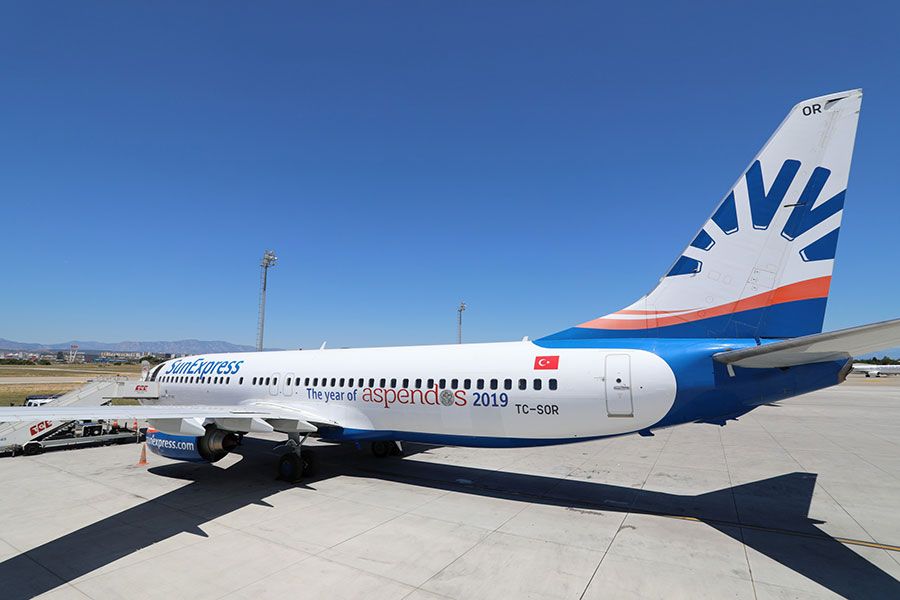Starting this week and continuing through November 2019, one of four runways normally in use at New York’s John F. Kennedy International Airport is closing for reconstruction to ensure its long-term safety and viability.
Runway 13L-31R, which handles approximately one-third of arrivals at JFK, will be closed for repaving that will widen the runway by 33 percent. It will be repaved with solid concrete that is more resilient than the existing asphalt, quadrupling the runway’s useful lifespan. The project will also allow the installation of new lights, signs, cables and navigational aids. Additionally, the creation of new high-speed taxiways will enable aircraft to exit the runway more quickly, increasing peak-period capacity.
The rehabilitation will also provide aircraft a solid concrete runway that is more resilient than asphalt and will increase the useful life of the runway by four times. In addition, the creation of new high-speed taxiways will enable aircraft to exit the runway more quickly allow the runway handle more aircraft per hour at peak periods.
The reconstruction is projected to create 3,340 total job years, $251.8 million in payroll wages and $608.6 million in economic activity. The decision to use concrete as opposed to asphalt for the runway project will reduce the number of construction days and extend its useful life to 40 years, instead of the typical asphalt lifespan of eight to 12 years.
“The Port Authority recognizes the need for infrastructure upgrades to improve the customer’s flight experience and to better maintain and operate our facilities and assets,” said Port Authority Chairman Kevin O’Toole. “This project is critical to achieve those goals, and we are working to ensure minimal impact while the reconstruction is under way.”
“With this project, the Port Authority is moving to rebuild JFK’s last outdated runway. This reconstruction effort will transform Runway 13L-31R from a 150-foot-wide asphalt runway to a 200-foot-wide concrete runway that will extend its life expectancy by a factor of four and improve the safety of flight operations,” said Port Authority Executive Director Rick Cotton. “The project also will advance and upgrade the antiquated electrical lighting system originally installed in 1993 to a more sophisticated and energy-efficient system.
“With collaboration from our airline partners and the Federal Aviation Administration, the next eight months of continuous work on Runway 13L-31R will pay huge dividends in terms of operational safety and efficiency over the coming decades at JFK, as it represents the final phase of upgrading the four operational runways at the airport,” Cotton said.
In a joint statement, the JFK terminal operators expressed support for the project. “The Port Authority has continued to work extensively with the airport community in preparation for the runway reconstruction, which will directly impact all terminals and airlines. All JFK terminal operators understand the importance of this critical runway work.”
The Federal Aviation Administration (FAA) has developed a strategic plan to manage aircraft traffic while Runway 13L is closed. The FAA is studying runway configuration, aircraft traffic flow rates and aircraft traffic management strategies to maximize efficiency and reduce delays at JFK.
During the next eight months, the Port Authority will have the Airport Operations Center (AOC) open around the clock as the focal point for communications between terminal operators, airlines, air traffic control, Customs & Border Protection and the Transportation Security Administration (TSA).
Performance metrics will be monitored continuously, including arrival, departure and taxi times. Adjustments will be made to reduce delay and protect the customer experience.
Runway 13L-31R is about 10,000 feet long and handles approximately one-third of arrivals at JFK, which has more than 61 million customers annually and more than 455,000 flights a year.













